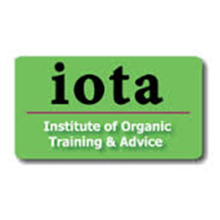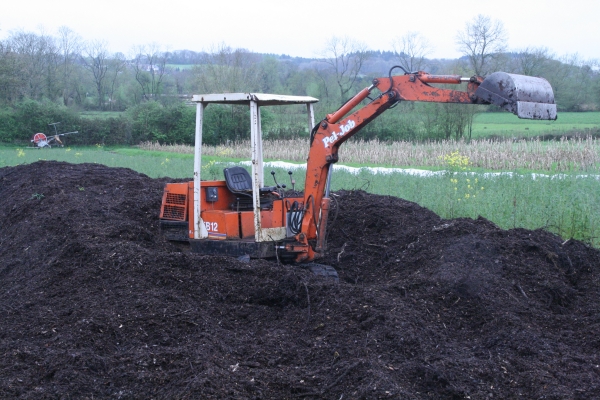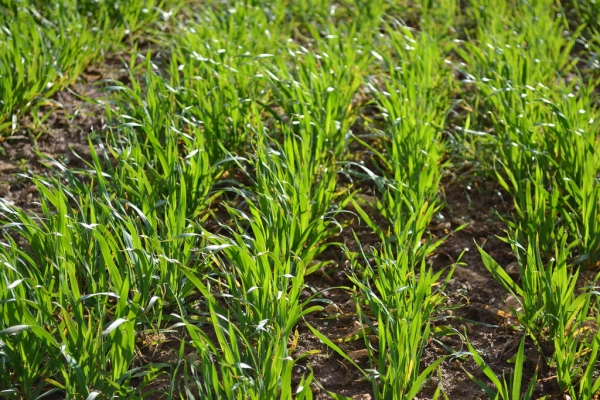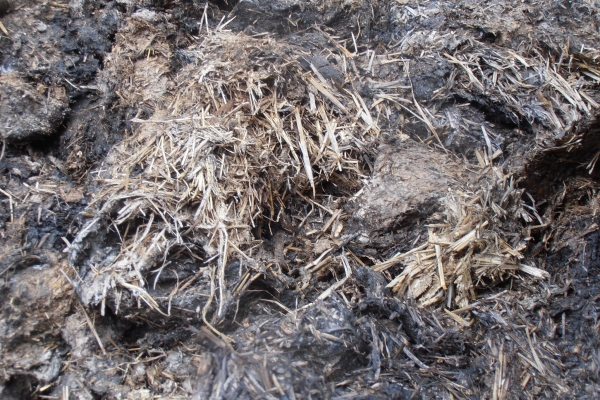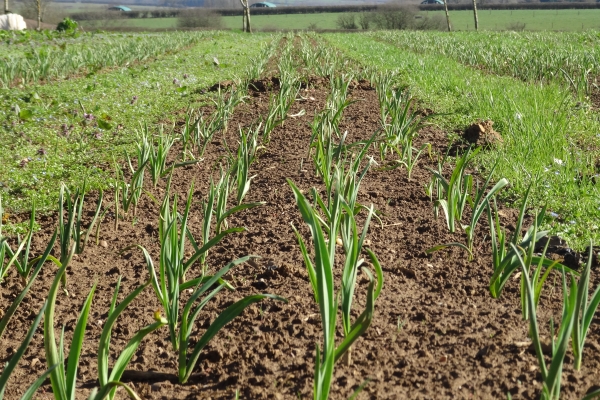A Guide to Nutrient Budgeting on Organic Farms
IOTA Results of Organic Research: Technical Leaflet 6
Resource explained
You can use farm nutrient budgets to assess potential deficits or surpluses of nutrients and as guidelines for decisions you need to make about nutrient management.
This IOTA technical leaflet introduces the different ways in which nutrient budgets can be used in organic farming. This is followed by sections on soil analysis; nutrient inputs (pointers to help you assess them); nutrient outputs (outlining how losses can occur and how they can be avoided); the use of nutrient budgeting; practical guidance on using data and calculating farm budgets; how nitrogen fixing leys, crops, livestock and inputs such as manures and livestock feed should be recorded; and small sections on nitrogen, phosphorous and potassium. The leaflet includes some useful tables to help you calculate your farm nutrient budget, including a simple farm-gate budget and an example of a whole farm nutrient budget.
Findings & recommendations
- There is increasing pressure from the EU and the UK Compendium of Organic Standards to become more self-sufficient and reduce reliance on brought-in manures. It is therefore important to become familiar with the techniques involved in producing nutrient budgets and interpreting the results.
- Nutrient budgets can be used:
- As a tool to allow you to make optimum use of available nutrients.
- To design and evaluate the viability and sustainability of arable and horticultural crop rotations.
- To assess arable, horticultural rotations or whole farm systems against organic production standards.
- To indicate likely surpluses of nitrogen in farming or horticultural systems and risk of losses from leaching to ground and surface water, especially in Environmentally Sensitive Areas or Nitrate Vulnerable Zones.
- Although the types and amounts of inputs and outputs of nutrients vary between fields, farming systems and regions, nutrient budgets provide a framework that can be applied systematically across a range of systems and scales; for single fields, across complete rotations, or for whole farm systems.
- When interpreting a nutrient budget, you must always take account the soil type; its nutrient reserves, susceptibility to leaching, and suitability to planned rotations and stocking.

